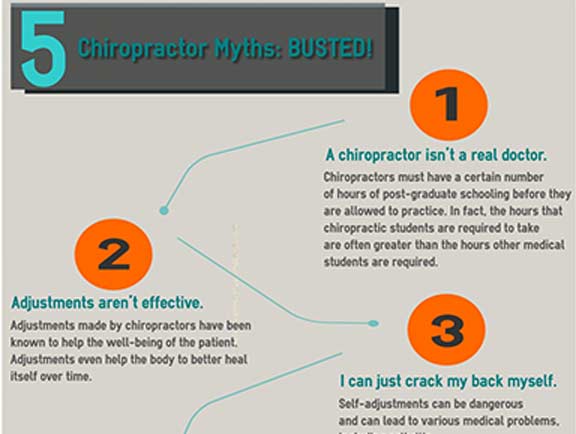A Novice'S Overview To Recognizing Cervical Back Makeup And Its Effect On Neck Discomfort
A Novice'S Overview To Recognizing Cervical Back Makeup And Its Effect On Neck Discomfort
Blog Article
Posted By-Dunn Link
As you sit there, probably really feeling an ache of discomfort in your neck, have you ever before thought the complex structures that comprise your cervical spinal column? Comprehending how the vertebrae, discs, and nerves engage in this area can clarify why neck pain can be so consistent and debilitating. By exploring the structures of cervical back makeup and its implications for neck pain, you might uncover understandings that could aid you much better take care of and even stop those unpleasant aches and stiffness.
Relevance of Cervical Back Composition
Understanding the value of cervical spine makeup is important in comprehending the intricacies of neck pain. The cervical spine, made up of 7 vertebrae, plays a vital duty in sustaining the head's weight and promoting activity. It houses the spine, which sends messages in between the brain et cetera of the body. Additionally, the cervical spine protects these delicate nerves and provides structural stability to the neck region.
In addition, the cervical back allows for a vast array of activity, allowing you to transform your head, tilt it sidewards, and nod backwards and forwards. Each vertebra has certain features and attributes that add to the total adaptability and security of the neck. Recognizing the anatomy of the cervical spine can help you realize how injuries or degenerative problems in this region can lead to neck pain and related signs and symptoms.
Parts of the Cervical Back
When checking out the parts of the cervical spinal column, it comes to be noticeable that its structure consists of 7 vertebrae, identified C1 to C7, stacked on top of each other. These vertebrae are crucial as they offer support to the head and enable a vast array of movement in the neck.
The topmost vertebra, C1, also called the atlas, sustains the head and makes it possible for the sluggish motion of the head. Directly under C1 is the C2 vertebra, called the axis, which allows for the turning of the head back and forth.
Moving down the cervical spine, each vertebra plays a vital function in maintaining the back's flexibility and stability. In between each vertebra are intervertebral discs that function as cushions, absorbing shock and preventing the vertebrae from scrubing versus each other.
Recognizing the parts of the cervical spinal column is crucial in understanding exactly how the spinal column functions and its prospective impact on neck pain.
Relationship In Between Spinal Column and Neck Pain
The connection between the spinal column and neck discomfort is a critical element of comprehending bone and joint discomfort. lower back hurts when walking , specifically the cervical region, plays a considerable duty in sustaining your head and allowing for numerous movements. When there's a problem in the spine, such as a herniated disc or misalignment, it can directly affect the surrounding tissues and nerves, leading to neck pain. Poor pose, injuries, and degenerative problems can all contribute to spine-related neck discomfort.
It's essential to identify that the spinal column and neck feature as a cohesive system. Any problems or inequalities in the spinal column can trigger stress on the neck muscle mass and tendons, resulting in pain and stiffness.
Final thought
Now that you have a fundamental understanding of cervical spine composition and its connection to neck discomfort, you can much better appreciate the intricacies of your very own neck discomfort. Keep in mind, the health and wellness of your cervical spinal column plays an important role in sustaining your head and facilitating motion, so it's important to care for it with correct pose, workout, and routine examinations with a medical care specialist. Stay notified and positive about your spinal column health to avoid and handle neck pain properly.
